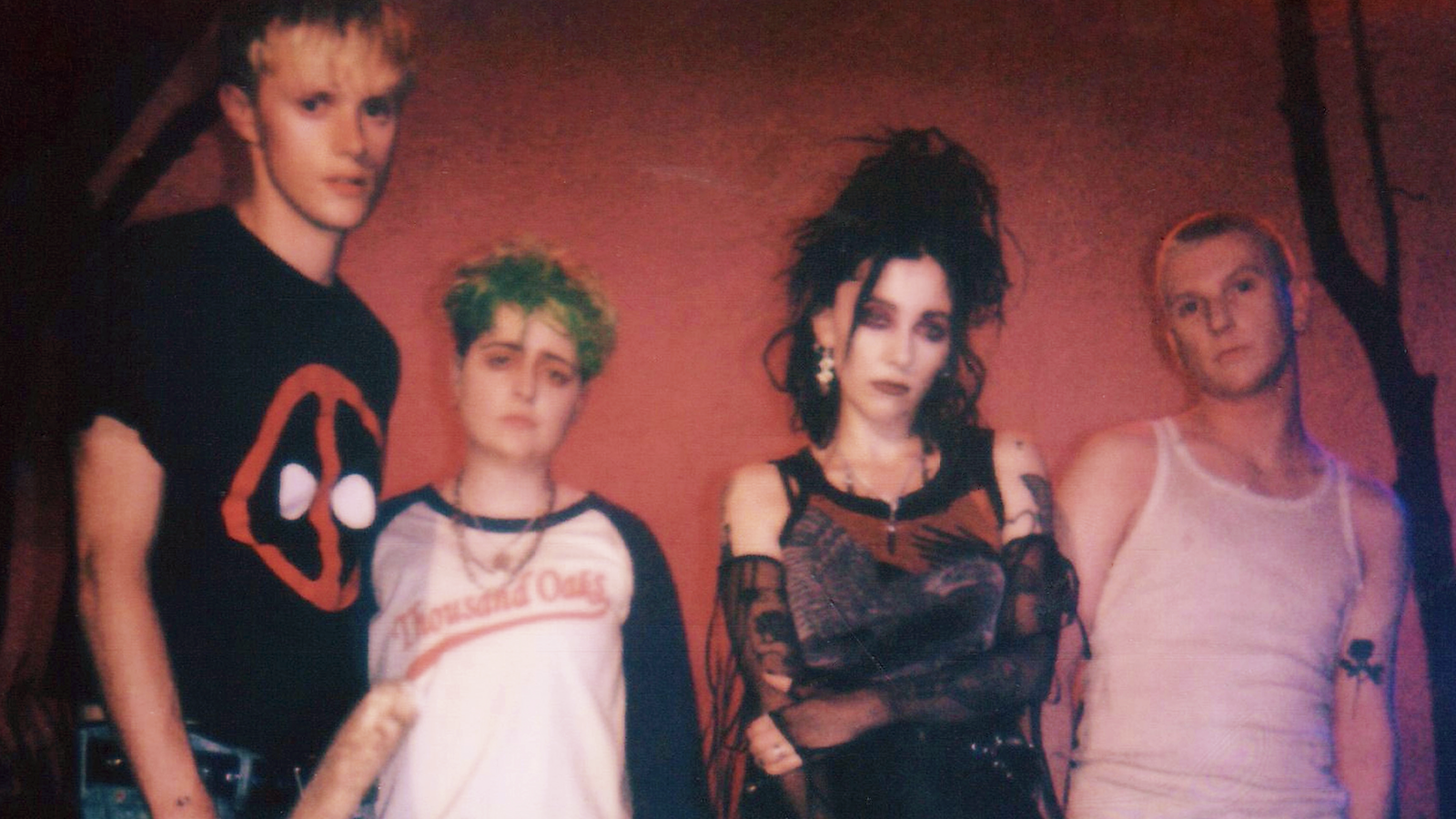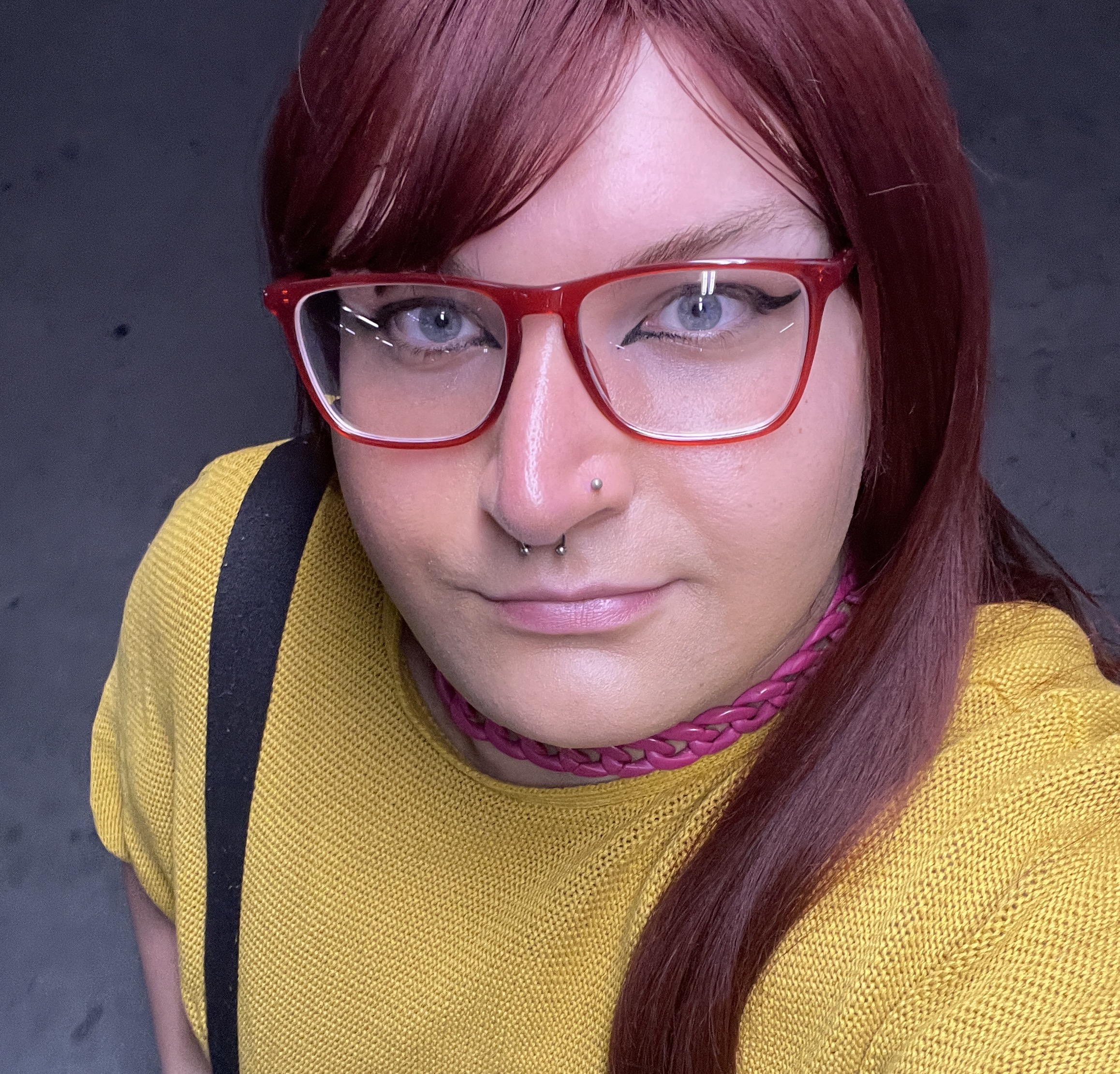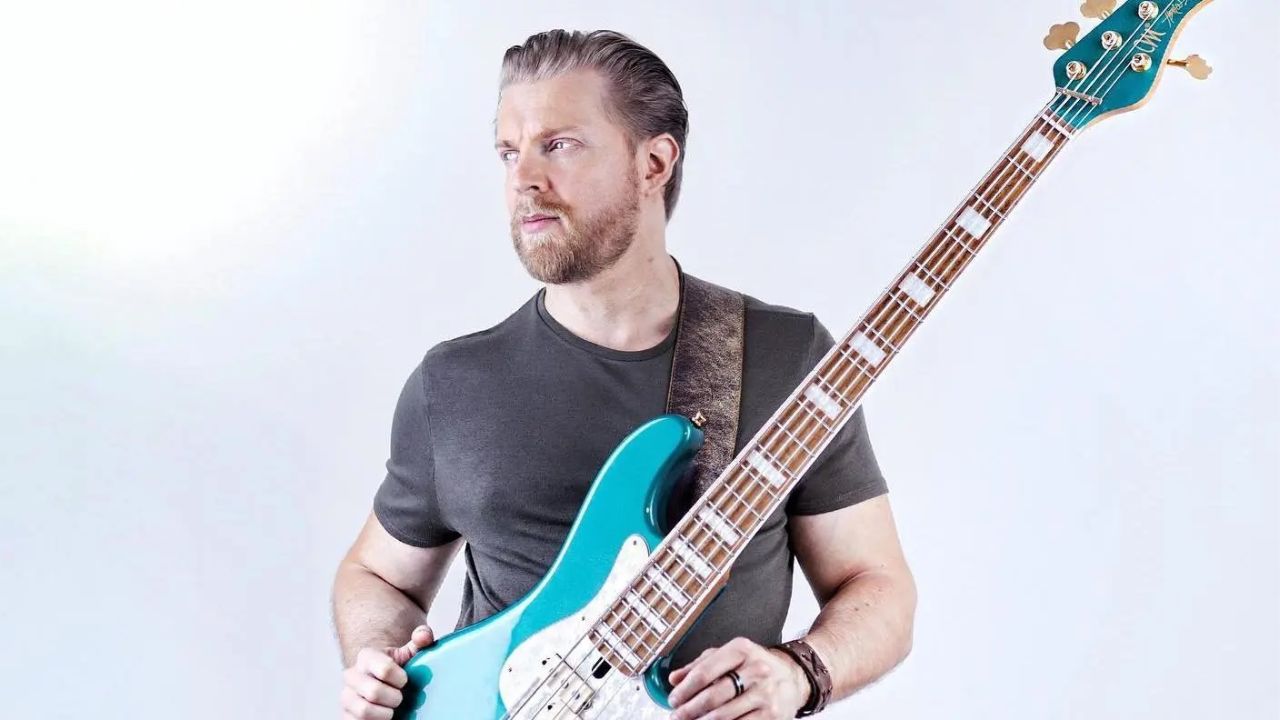Pale Waves' Heather Baron-Gracie: "This album is a journey through my emotional growth as a person across the past year"
With album #2, the goth-pop hellions in Pale Waves set their sights on world domination. As for how they’ll achieve it? Well, they’ve got two of the most inescapable drawcards in their clutch: nostalgia, and existential crises.

Don’t let their mercilessly over-the-top, crusty goth-punk shell steer you off – Pale Waves are all about spreading good vibes, bold and buoyant pop-rock jams and memories that’ll last a lifetime. Like their mentors, the fellow Dirty Hit upstarts and binary-bending deviants in The 1975, the aesthetic-heavy quartet first chiselled out a passionate UK following – and now, on the cusp of releasing their second album, are ready to make one hell of a splash on the international scene. That album in question is the aptly experiential Who Am I? – a piercingly peppery set of chords, keys and quips that’ll stick to your brain like gum in freshly washed hair.
The band declare Who Am I? to stand as the official Pale Waves manifesto, “inspiring inclusivity, self-discovery, and the notion of being whoever the hell you want to be.” And as its grungy, washed-out cover art would imply, the record sounds like a freshly unearthed relic from the peak of emo-pop circa 2006. Which makes sense – as frontwoman Heather Baron-Gracie tells Australian Guitar, she and her bandmates were bitten quite hard by the nostalgia bug when it came to bashing out these bangers.
I always love when an album title asks a question! Is this one rhetorical, or something you wanted to explore thematically across the LP?
I feel like this album is a journey through my emotional growth as a person across the past year. I came to the realisation that I really needed to grow up. Because when you’re on tour, and you do the same day – the same routine around the same people – over and over again. You’re constantly being babied, too: “Okay, you’re here at this time and then you’re doing this – is there anything I can do? Oh, your bags are already in the hotel.” It’s strange – it’s totally amazing, but it does get a bit odd if you actually think about it. It’s not the most natural job.
So I sort of took a step back, and I finally felt like I had the space to breathe for a second – and that’s when I knew that I needed to work on myself and realign my priorities. I had a bit of a meltdown, like, “Who am I? What is it that I want to leave this earth with?” And I wrote that song, “Who Am I?”, when we were on tour with Halsey in Europe. I just sort of fell into this really huge slump – I tend to go into depressive states, but I hadn’t fallen this low in quite a while. It sort of hit me all at once, and I just went into the bathroom and wrote “Who Am I?” And that really sums up the album, because it’s all about me, like, yearning to understand who I am.
I love that you were able to turn your personal crisis into art.
That’s the beauty of music, isn’t it!?
Was there anything you learned from doing the first record that you were excited to bring over to this one?
Yeah! I feel like I’ve become more aware about what it is I want to say. I’d spent a lot more time listening to different genres of music. On the first album, I was really boxed in – I had boxed myself in with certain genres, but with this one, I’ve really branched out. It sounds very, like, 2000s, late ‘90s – and that’s because I’ve been listening to way more music from those eras, and I’ve really found what types of music I like. I have much more of an inner love for country music right now – every night when I cook, I listen to country music!
I’ve just expanded my vision on so many different things. I’ve travelled the world and I’ve met so many people, and that’s really helped me become more aware of the message I want to deliver as an artist. Whereas on the first album, I was like, “Oh my God, I don’t know what I want to say!” It was cool, but I was overwhelmed, because I didn’t feel confident or comfortable sharing a lot of myself with other people. I tried my best, and I feel like I did on certain tracks like “Noises” and “Drive”, but at the same time I was really reserved, and I can really see that now after having written this second album.
Get The Pick Newsletter
All the latest guitar news, interviews, lessons, reviews, deals and more, direct to your inbox!
Having really cut your teeth on the live circuit over the past few years, did you find yourselves approaching this record more with the stage in mind?
As an artist, I don’t ever really think about that. I probably should, definitely – people do say that you should really take in mind what songs go down well live. I think with the next bit of material that we come out with, I really will bear that in mind more, because I feel like I was self-indulging, in a way, on these last two record – I just went into the studio and was like, “I want to record these sort of songs! I want to do this for me!” I’m sure it’s going to be so fun and people are going to really enjoy it, but yeah. The next time around, I want to write songs that sound like Courtney Love – like a Hole cover band – way more grungy and nasty and guitar-driven! That’s the sort of vibe I want to go for next, and I think that’s what goes down so well. So I’m doing the complete opposite next time around.
What were you jamming out on for this one?
I had my 12-string Vox that I used a lot. I like using 12-string guitars because it’s very Cure-like, y’know? It’s very Robert Smith, and I do love The Cure – they were a massive influence on our first album. I think I just like the natural chorus that you get from a 12-string. You don’t need to cram a bunch of pedals into it or anything – it just has this really magic charm to it. And then Rich [Costey, producer] had this acoustic, which isn’t from a known brand or anything – his next door neighbour literally made it for him – and it sounded amazing. It was kind of similar to a Gibson with the body shape and the overall feel, but it had this really unique tone to it.
And then Hugo [Silvani, lead guitar] went through a bunch of shit – he’s the typical gear nerd in the band, y’know, he likes to trial out everything. I’m more like, “I know how to play this guitar and I like how it sounds, I’m just going to stick with this.” We did have this Strat that Rich brought in – I’m not sure what year it was, but that sounded unreal. You didn’t need to manipulate it or anything – the raw sort of sound of it was incredible.

Ellie Robinson is an Australian writer, editor and dog enthusiast with a keen ear for pop-rock and a keen tongue for actual Pop Rocks. Her bylines include music rag staples like NME, BLUNT, Mixdown and, of course, Australian Guitar (where she also serves as Editor-at-Large), but also less expected fare like TV Soap and Snowboarding Australia. Her go-to guitar is a Fender Player Tele, which, controversially, she only picked up after she'd joined the team at Australian Guitar. Before then, Ellie was a keyboardist – thankfully, the AG crew helped her see the light…









![[from left] George Harrison with his Gretsch Country Gentleman, Norman Harris of Norman's Rare Guitars holds a gold-top Les Paul, John Fogerty with his legendary 1969 Rickenbacker](https://cdn.mos.cms.futurecdn.net/TuH3nuhn9etqjdn5sy4ntW.jpg)
